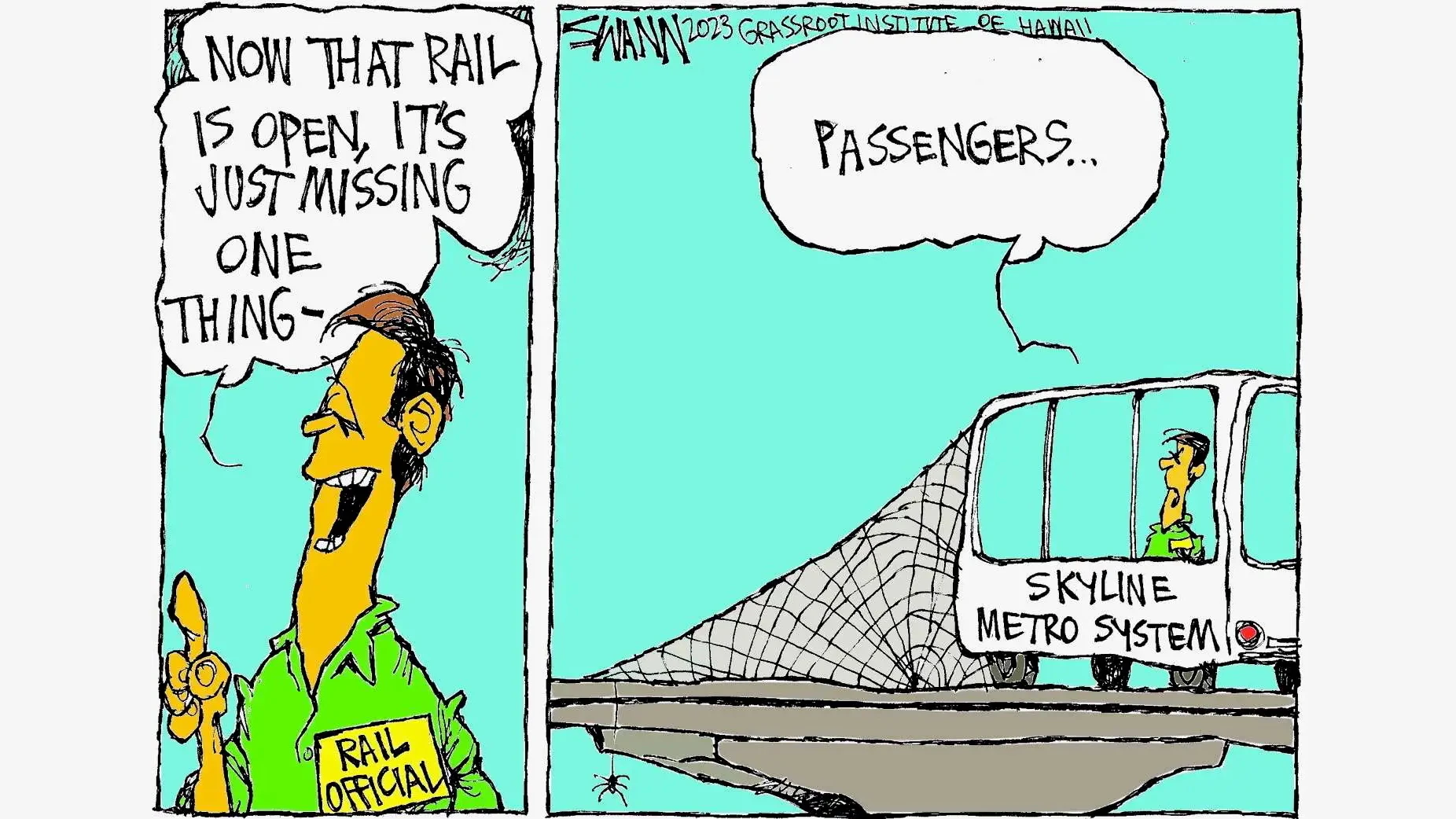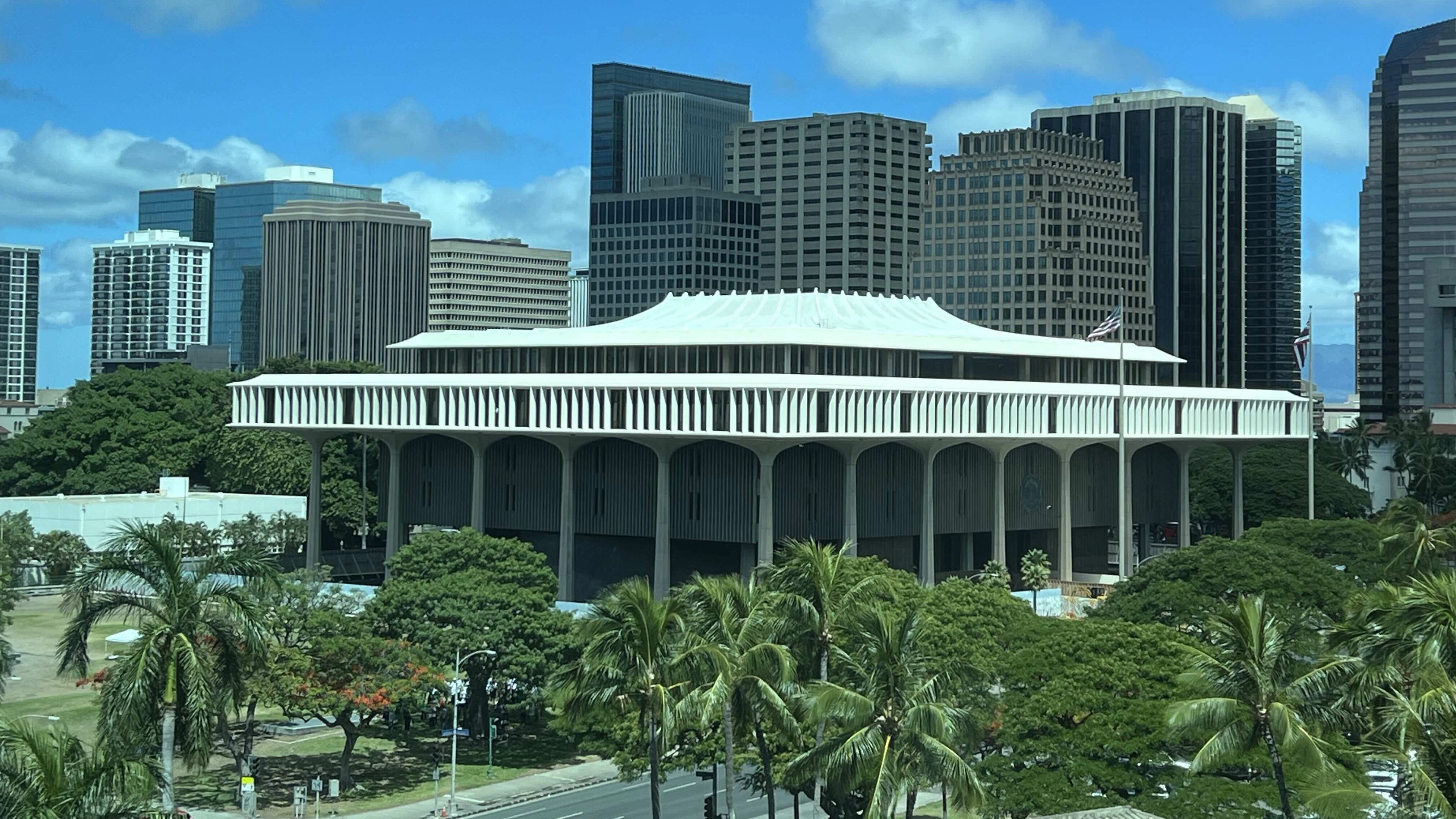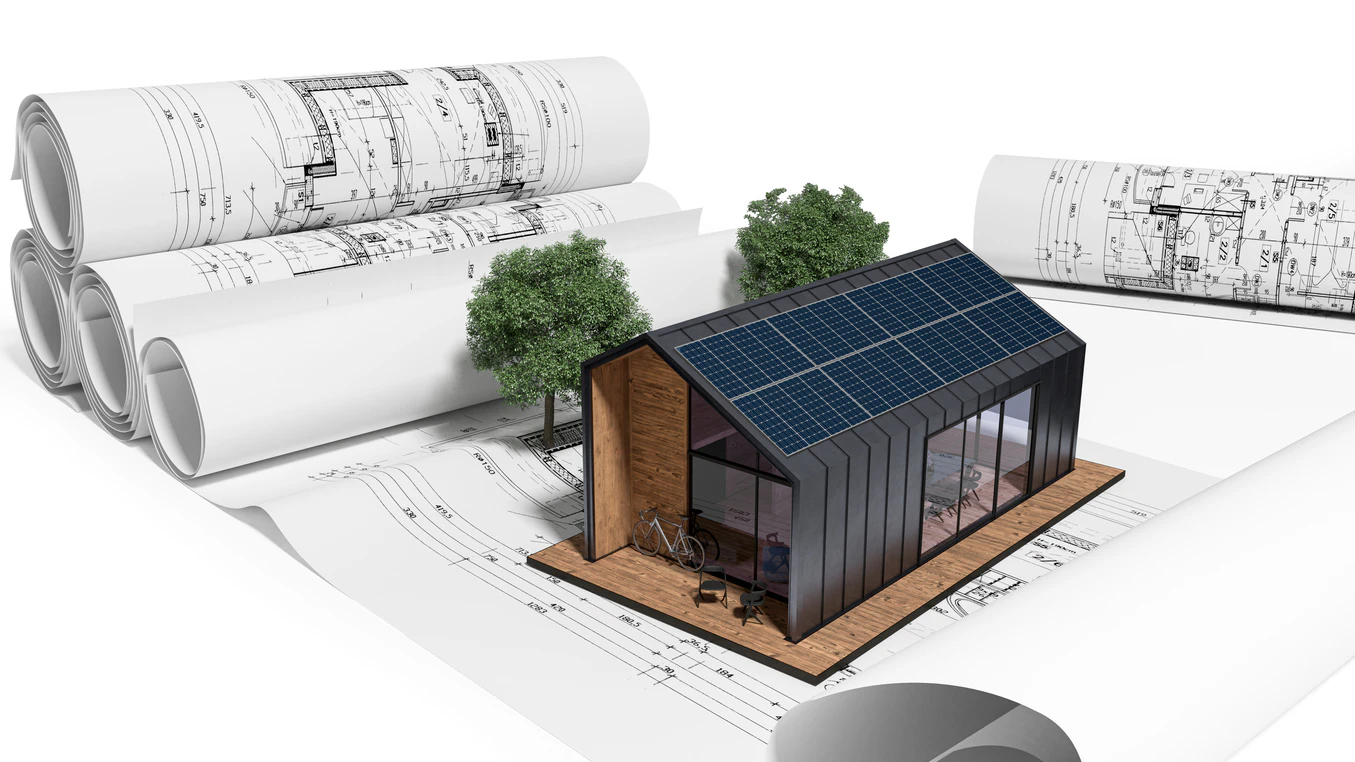The work of Grassroot Institute of Hawaiʻi cartoonist Dave Swann — as seen above — was recently featured in a report issued by Sen. Joni Ernst of Iowa. It’s always nice to have the work of my colleagues at Grassroot acknowledged, especially on the national stage.
What’s not so nice is that the report featured Honolulu’s overbudget and unfinished Skyline rail system as one of the country’s worst “billion-dollar boondoggles.”
Sen. Ernst has a history of rightfully targeting Honolulu’s rail project for its wasteful spending, with the message in this report being that the federal government should stop spending money on Skyline and other wasteful transportation projects.
Her report’s rundown of Skyline’s litany of errors is a reminder of how much has gone wrong with the project.
We are all familiar with the main concerns — a budget that has more than doubled, endless delays, bloated bureaucracy and a lack of accountability. But did you remember that initially the wheels didn’t even fit and had to be replaced?
And how the project went through a whopping 19 contractors in just one year, to the tune of $9.6 million? Or the $40 million paid to contractors to do nothing for a year while an archeological survey was conducted?
Like the proverbial frog in a pot of hot water, we seem to have become desensitized to just how poorly the rail project has gone.
There are multiple hazards to this kind of complacency. The most obvious is that Honolulu, and even our state, will end up in a financial crisis caused by the cost of building, maintaining and operating the rail — especially if the federal government cuts off funding.
Beyond that, however, is the possibility that we will lose the ability to recognize and avert future boondoggles.
Which brings us to the planned Aloha Stadium project.
In fairness to the governor and lawmakers involved, efforts have been made to contain the state’s financial commitment to this project. For instance, initial plans for the new stadium featured only half the capacity of the original 50,000-seat structure. Further it is supposed to be built and managed via a public-private partnership, and the state’s investment has been limited to $400 million.
That sounds fine on paper, and I’m sure supporters of the project were happy to hear recently that the Stadium Authority Board approved a plan to have the stadium opened by March 2029.
On the other hand, this is already a delay from the previously announced completion date of August 2028. Moreover, capacity plans for the new stadium have shrunk even further, from 25,000 seats to 22,500.
I’m not the first to point out that this bears some uncomfortable similarities to the rail. Things haven’t even gotten started, and we already have a completion delay and a smaller plan.
If we’re really going to go through with this project, I can only hope that it is completed on time, within budget and with no future burden on the taxpayers.
Let’s commit to holding our elected officials more accountable as they undertake potentially risky projects such as these with our hard-earned money.
Reprinted with permission from the Aug. 25, 2025 "Presidentʻs Corner" of Grassroot Institute of Hawai‘i President & CEO Keli‘i Akina, Ph.D.





